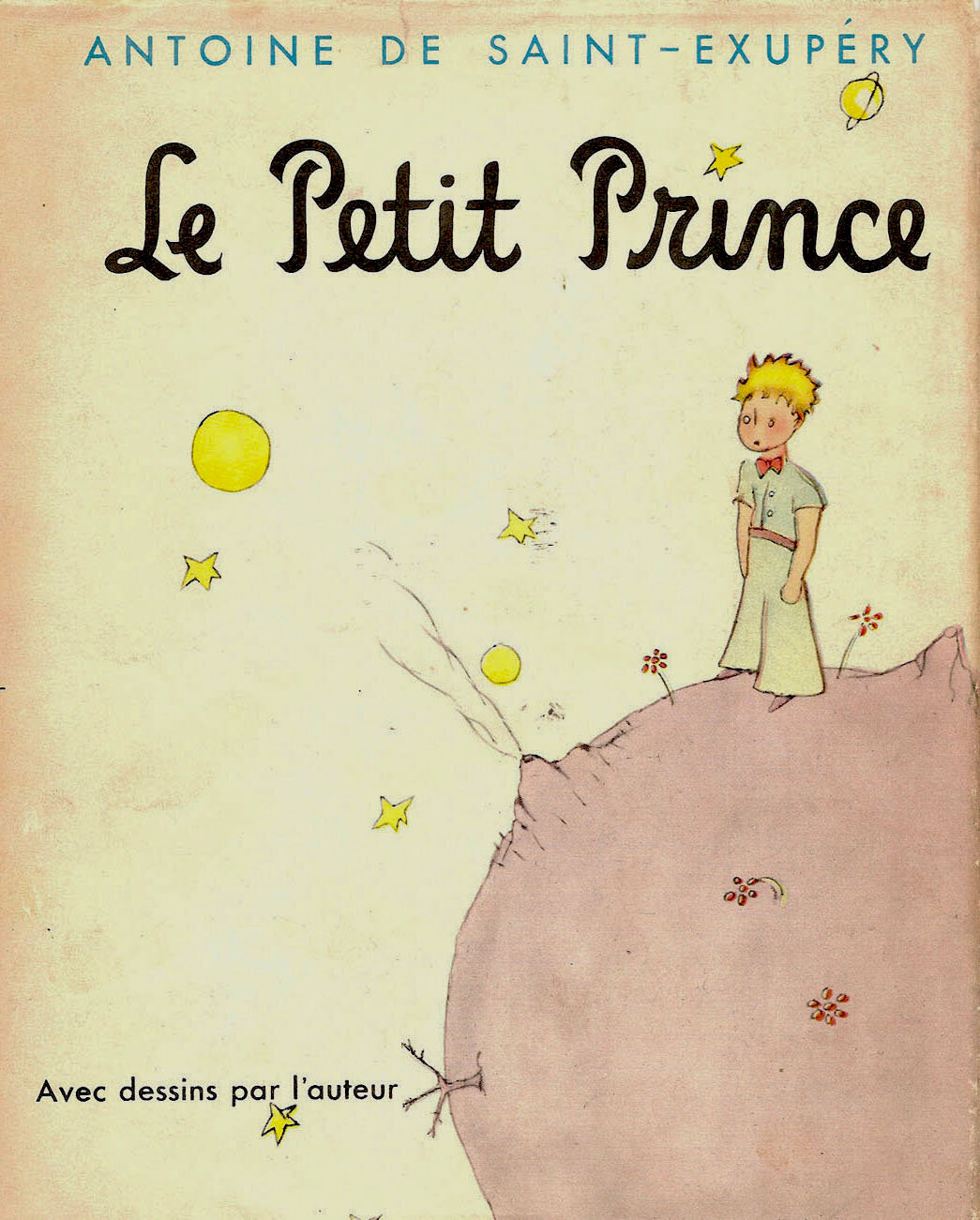'Le Petit RPG' and the Kidlit Challenge

As someone who has always loved children’s literature, my first obstacle when taking on in the “d-Infinity Live! Kidlit Challenge” was deciding what story to adapt into a game setting or adventure!
Two of my favorite kids’ literary franchises are Lewis Carroll’s two books devoted to Alice’s adventures in Wonderland and L. Frank Baum’s extended series of Oz books (both of which are, debatably, to a great extent social commentary masquerading as children’s stories).
Several years ago I did, in fact, write an RPG sourcebook for the d20 system called Adventures in Wonderland, and would very much like to eventually update it for the 5th Edition Dungeons & Dragons system. And a couple of times over the past few decades I have embarked on a comprehensive study of Oz and begun to stat its denizens in game terms. Neither of those options felt very satisfactory for purposes of this exercise, however, because they are just straightforward conversions into game terms of existing worlds and creatures, which is something I do all the time and not a challenge per se.
After reflecting upon those two possibilities and a number of others, I finally decided for a number of reasons upon the somewhat melancholy Antoine de St. Exupery work Le Petit Prince; i.e., The Little Prince (yet another work that is, once again debatably, not really a kid’s story). One of my reasons is that the very structure of the story and the relationships of its two main characters suggest some interesting approaches to game development and system mechanics. Accordingly, I decided to adapt it into a game I will call “Le Petit RPG.”
One of the things that distinguishes The Little Prince is that it describes adventures on two different planes of reality, one the very real adult world of pre-World War II Europe and Africa, and the other a fantasy child’s world. This is a very compelling model to me, and in “Le Petit RPG” each character would consist of two complementary parts, an adult from our real world and a child from an imaginary world. These two Demicharacters could then either be controlled by a single player or by two — in this case, ideally, an adult and a child.
Adventures in “Le Petit RPG” would alternate between these two worlds, with the character native to a particular world being the one primarily capable of addressing the challenges and the other being present in his “imagination” and able to advise but not act physically. In the real world, for example, our hero might be a pilot who crash lands in the Sahara Desert and must attempt to survive, with insights from the child that transcend the information or resources available to him. A subsequent scenario might then be set on the asteroid homeworld of the child, who is attempting to prevent weeds from overrunning the place and, in the process, choking the sentient rose that is his best friend there. In both cases, the character native to the world is predominantly responsible for overcoming the challenge, but may only be able to do so by availing himself of the skills and perspectives of his Demicharacter.
This concept might well serve as an “overlay” and custom approach to any existing role-playing game, especially one to which someone wanted to introduce a child, and if I were to develop it further that would probably be how I would start. Ultimately, however, I think it would need to be a self-standing game with its own integral system of mechanics if we wanted to make it into something approachable by a broad audience. In either case, I think it would require some intensive and revealing playtesting!
Comments on my approach to adapting this beloved book to a role-playing game are welcome, as are your own thoughts on how you would adapt it or one of your own favorite books! And be sure to check out the “d-Infinity Live! Kidlit Challenge” to see how four other talented game designers decided to bring their favorite children’s books to the tabletop.